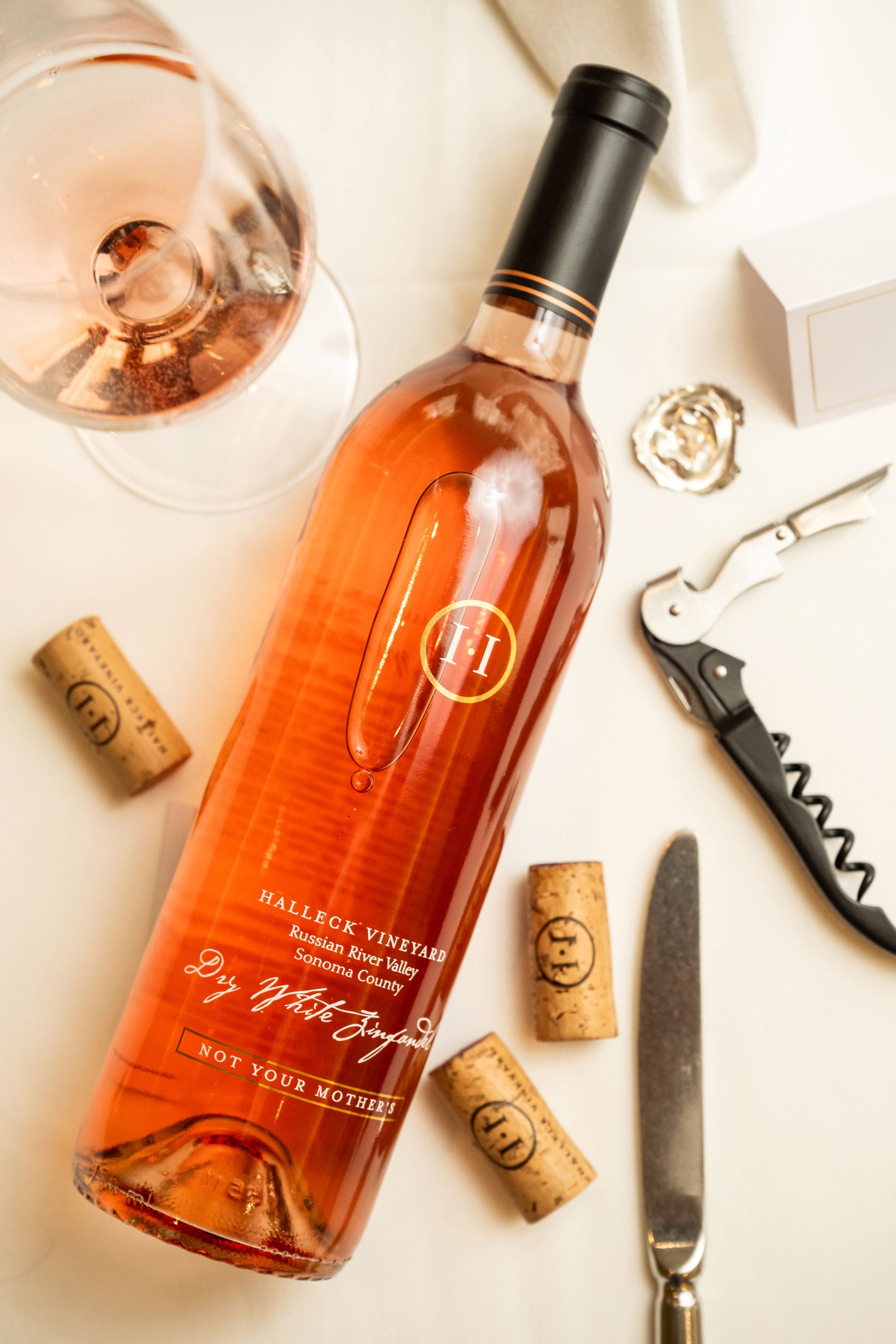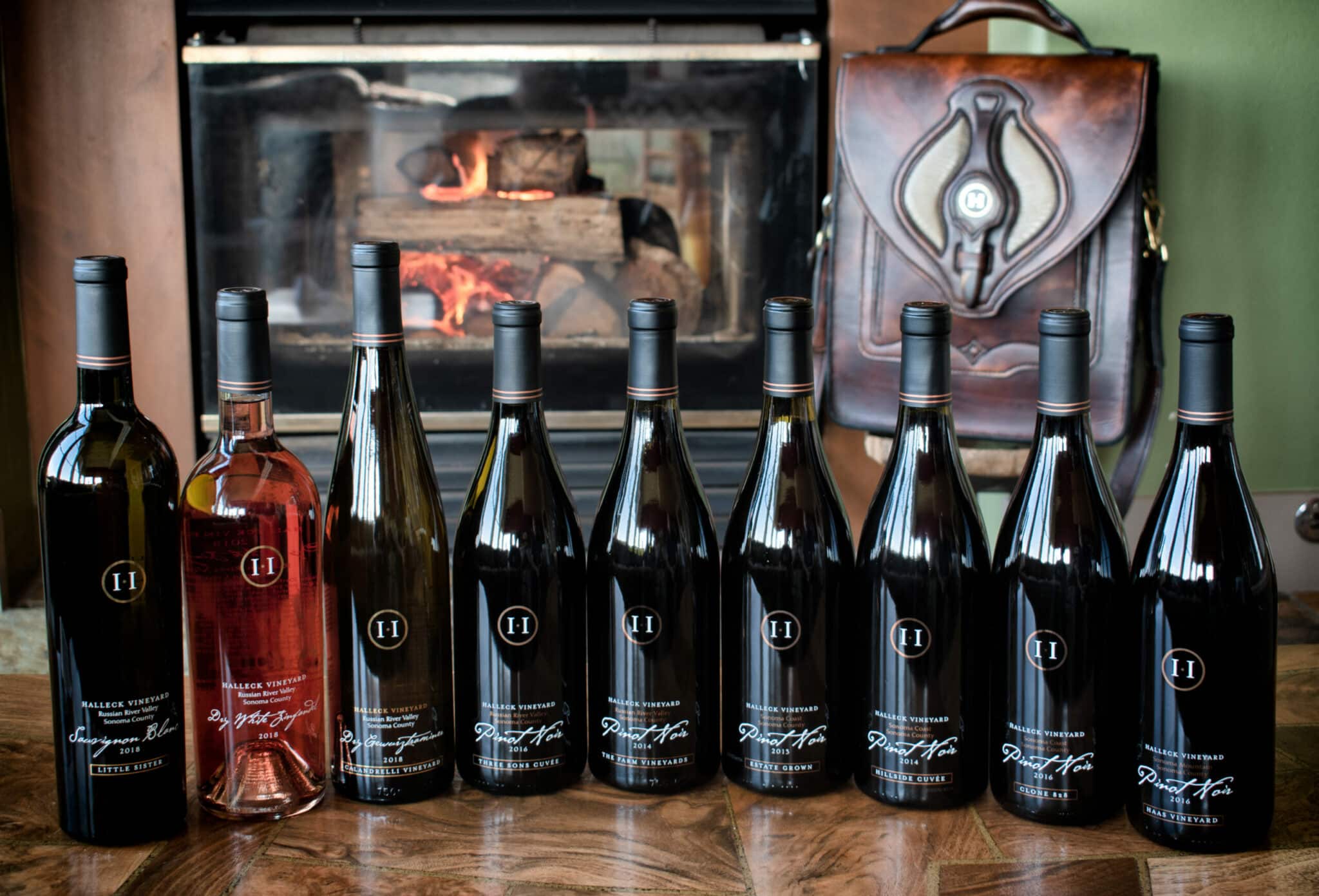Innovative Wine-Making Techniques In Sonoma Valley - A Visit To Sebastopol Wineries
Innovative Wine-Making Techniques In Sonoma Valley - A Visit To Sebastopol Wineries
Blog Article
Wineries Offering Off The Beaten Path Experiences - Exploring Sonoma's Wine Landscape
Wine tasting is an art that mixes sensory experience with an appreciation for the nuances of various varietals. How to judge flavors in winery wine tasting classes is pivotal to greedy the complexities of wine.
Partaking in a wine tasting involves more than merely sipping and savoring. It requires a centered strategy to identify aromas and flavors that each wine presents. As you begin, observe the wine's look, noting its color and readability. These visible cues typically recommend a wine’s age, grape selection, and even potential flavor profiles.
The next step within the tasting process is to swirl the wine in your glass. This action releases fragrant compounds which are very important for analysis. Lean in and take a second to inhale deeply; the aromas can vary from floral and fruity to spicy and earthy. The nose of the wine is simply as necessary as the palate, and recognizing scents performs a significant function in understanding the general experience.
When taking your first sip, enable the wine to maneuver throughout your palate - Wineries Ideal For Romantic Getaways. Notice the preliminary flavors that present themselves. Is the wine fruity, floral, or maybe herbaceous? This preliminary style provides insight into what the wine is likely to specific as you proceed to judge it. The mouthfeel also contributes to the general flavor experience; it may be silky, tannic, and even effervescent.
Unique Wine Blending Experiences In Sonoma - Sonoma's Finest Wineries
As you continue tasting, take note of the wine’s stability. A well-balanced wine will harmonize acidity, sweetness, and tannins. If one component overwhelms the others, it might indicate a less desirable high quality. Evaluating steadiness may help you identify how nicely the wine would possibly pair with food.
Transitioning to the finish, contemplate how the flavors evolve because the wine lingers on your palate. A lengthy, pleasant finish can point out a high-quality wine, while a short or abrupt finish might counsel in any other case. Replicate on whether the flavors stay constant or if new notes emerge because the wine settles. This development can reveal complexities and intricacies which may not have been obvious within the preliminary tasting.
Temperature can be a crucial consider evaluating wine flavors. Totally Different kinds of wine are optimally enjoyed at particular temperatures. White wines typically shine when chilled, whereas pink wines generally perform greatest at room temperature. When tasting, make sure the wine is on the applicable temperature to fully appreciate its character.
Wineries With Picnic Areas - Sonoma Area Winery For Tasting
Pairing food with wine can greatly improve the tasting experience. Foods can influence the notion of flavors in wine, either highlighting certain characteristics or diminishing them. When evaluating flavors, consider how the wine interacts with different meals, noticing which flavors are amplified or muted (Wineries Offering Virtual Wine Tastings).

Think About the influence of terroir as you interact in a winery tasting. Terroir encompasses the distinctive environmental factors that affect grape growing, together with soil composition, climate, and geography. Understanding a wine's terroir can present perception into its flavors and aromas, fostering a deeper appreciation for the alternatives made during its cultivation and manufacturing.
Training plays a basic function in enhancing one's ability to evaluate wine flavors. Studying about grape varieties, wine areas, and manufacturing methods can pave the best way for more knowledgeable judgments during tastings. Moreover, attending workshops or classes can refine sensory skills and increase your flavor vocabulary, enabling you to articulate tasting notes more effectively.

Finally, it is essential to remember that evaluating wine flavors is a highly personal experience. Individual preferences and perceptions will invariably form one’s tasting journey. Enjoyment must be at the forefront, with the evaluation course of acting as a tool to enhance understanding and appreciation quite than create inflexible pointers.
Wineries With Outdoor Seating - Sonoma Wine Retreats
In conclusion, mastering tips on how to evaluate flavors in winery wine tasting classes involves a mixture of sensory engagement, data, and practice. By learning to establish aromas, assess the balance, and respect the his explanation intricacies of flavor, wine enthusiasts can deepen their connection to each bottle they encounter. As with any art type, the more one immerses themselves within the experience, the extra they will uncover and benefit from the vast world of wine.
- Begin by observing the wine's color and clarity, as these visual components can trace at its flavor profile and getting older potential.
- Swirl the wine gently in your glass; this releases fragrant compounds, permitting you to raised determine the advanced scents associated with the wine.
- Take a deep inhale before tasting, specializing in each major and secondary aromas to gather insights on fruits, spices, and other nuances.
- When tasting, allow the wine to coat your palate; note the preliminary flavors, the mid-palate complexity, and the finish as these levels can provide totally different flavor highlights.
- Pay attention to texture and mouthfeel, as aspects such as tannin levels, acidity, and sweetness contribute significantly to the general tasting experience.
- Examine flavors against standard wine traits; for red wines, consider berry notes, oak influence, and natural tones, while whites could embrace citrus, stone fruits, and floral hints.
- Take notes through the tasting session to track your impressions, serving to you to remember and consider the totally different wines sampled.
- Talk About your findings with fellow tasters or winery workers, as sharing insights can enhance understanding and appreciation of individual flavors.
- Enable time for the wine to breathe; typically, flavors evolve and reveal new dimensions after being uncovered to air.
- Experiment with food pairings during the tasting as they will dramatically alter how flavors are perceived, influencing general enjoyment.undefinedWhat should I look for when evaluating the aroma of wine throughout a tasting?
Start by swirling the wine in your glass to launch its aromas. Deliver the glass to your nose and take a deep breath. Pay attention to the first scents you detect, as these are often the most prominent. Look for fruit, floral, natural, or earthy notes and try to establish specific characteristics, which will deepen your understanding of the wine's complexity.
Wineries Offering Educational Wine Seminars - A Guide To Sonoma Wineries
How can I distinguish between different flavor profiles in wine?
Perceive that flavor profiles are often categorized as fruit, floral, herbaceous, spicy, or mineral. Take small sips and allow the wine to coat your palate. Notice the first flavors that emerge first and the refined notes that comply with. This layering is crucial in distinguishing the wine's traits and can help you appreciate its unique profile.
Wineries With Live Music Events Occasionally - Best Wine Tasting Spots In Sonoma County
What is the importance of the wine's texture in a tasting?

The texture of the wine, also referred to as mouthfeel, plays a vital function in how we understand flavors. Pay consideration as to whether the wine feels clean, creamy, or gritty. The physique of the wine (light, medium, or full) can enhance or contrast with flavors, offering a more rounded experience during tasting.
How do I assess the stability of flavors in wine?
Balance in wine refers back to the concord between acidity, sweetness, tannin, and alcohol. Take a second to assess whether or not these components complement or interfere with one another. A well-balanced wine may have none of its components overpowering the others, creating a nice tasting experience.
Wineries Known For Their Hospitality - Wine Tasting In Sonoma County
What position does temperature play in evaluating wine flavors?
Temperature can considerably impression the notion of flavors. Generally, purple wines are best served slightly below room temperature, while white wines benefit from being chilled. As the temperature adjustments, the aromas and flavors can shift, allowing you to understand different traits. It’s important to style wine at its optimum temperature for true evaluation.
Wineries With Beautiful Architecture - Enjoying Wine Tastings And Vineyards Near Sebastopol
How can I enhance my tasting skills over time?
Practice is key to enhancing your tasting skills. Wineries Offering Virtual Wine Tastings. Attend tastings, maintain a journal of your experiences, and explore different types of wines to broaden your palate. Moreover, studying about wine manufacturing and grape varieties can present context that enhances your analysis course of, making you a more knowledgeable taster.
Is there a particular order during which I ought to taste the wines?
Unique Wine Blending Experiences In Sonoma - Best Wine Tasting Spots In Sonoma County
Sure, it’s advisable to style wines from light to full-bodied and dry to sweet. This progression prevents the stronger flavors from overshadowing the more delicate ones, allowing you to totally recognize every wine's characteristics and nuances without palate fatigue.
How can I consider the aftertaste of wine?
Wineries Known For Handcrafted Wines - Sonoma Wine Tasting Tour
The aftertaste, or finish, is a vital facet of the wine-tasting experience. After swallowing, take note of how lengthy the flavors linger in your palate and whether they change. A long, pleasant finish is commonly an indicator of a high-quality wine, whereas a short or unpleasant finish may suggest in any other case.
Why is it necessary to notice the wine’s acidity during tasting?
Acidity contributes to the general freshness and construction of the wine. Pay attention to the tingling sensation in your tongue; greater acidity can visit homepage improve the wine's liveliness and steadiness out sweetness. Noting acidity helps determine the wine's versatility with food and its aging potential.
What ought to I do if I wrestle to establish specific flavors in wine?
Wineries With Breathtaking Gardens In Sonoma - Sebastopol Vineyard Visits
Struggling to establish flavors is widespread, particularly for newbies. Focus on broader classes and describe what you'll have the ability to recognize, corresponding to sweet or earthy notes. With practice, studying about different flavor profiles, and maybe utilizing flavor wheels, you will refine your senses and develop a more nuanced strategy to tasting. Report this page